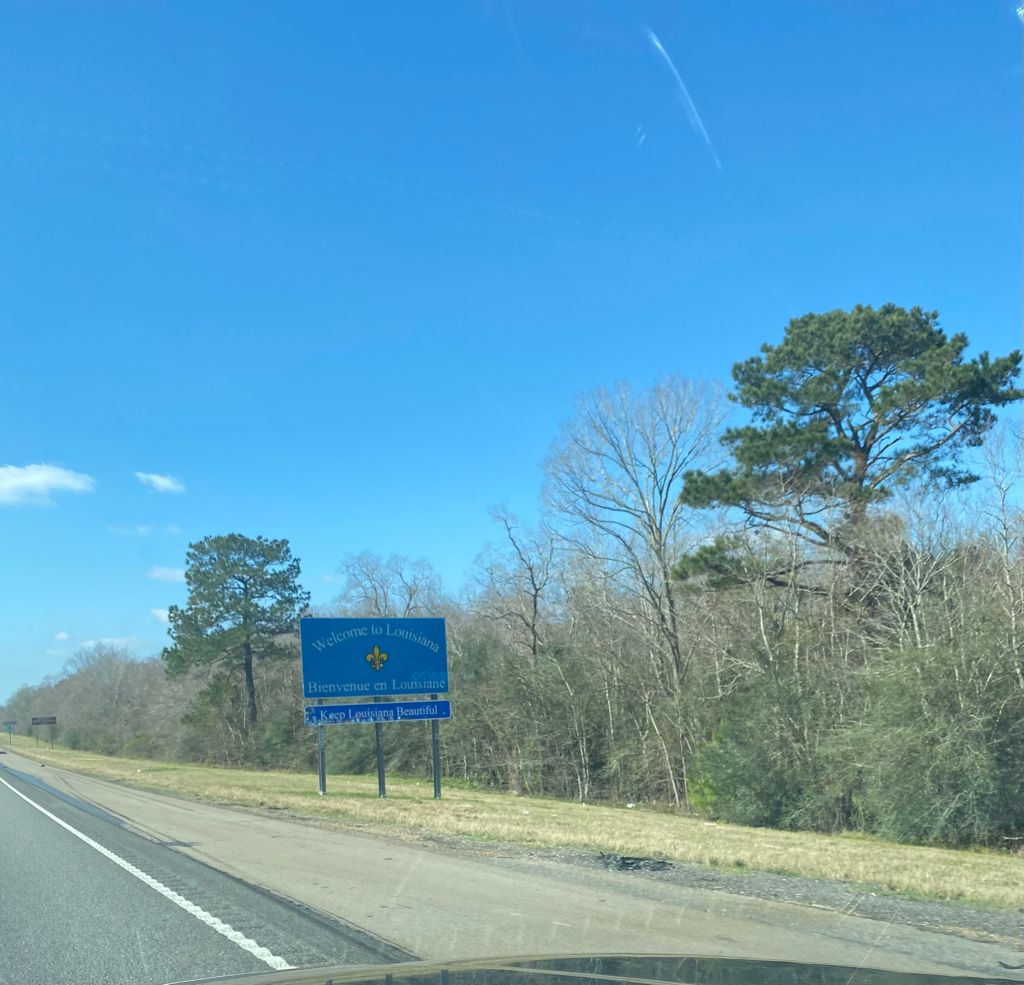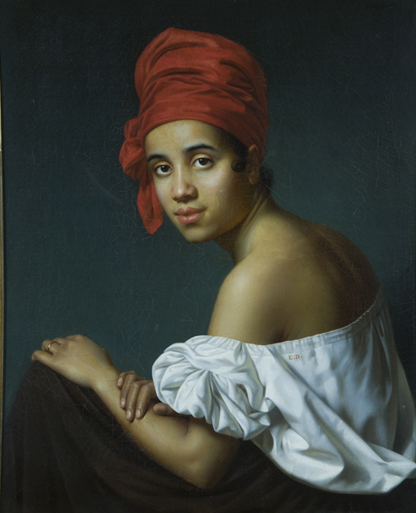The Difference Between Louisiana Cajun and Creole

Cajun and creole are used interchangeably these days, as if they mean the same thing. Kinda like Gullah and Geechee, except the Gullah Geechee really are the same people with the same culture.
Cajun and Creole: The Short Story
The Acadians moved from France to Canada in the early 1600s then got deported by Britain in 1754. Many of ’em went to Louisiana since France owned Louisiana at the time. Over time, in Louisiana, the Acadians came to be called Cajuns.
Creole translates to “born in the New World.” You could be white, black, or mixed, but as long as your people were born somewhere else (Africa, Spain, or France, for instance) and you were born in Louisiana, then that mix up of culture made you Creole. Over time that definition started including less people, but I’ll explain that in the long story.
The Long Story
The Acadians are originally from France. They landed in Canada and claimed “the colony of Acadia” in 1604. Over the next 100 or so years, France sent more and more people over to Canada to help grow the population. That included sending poor women over there so they could marry and reproduce.
The colony of Acadia originally belonged to the Iroquois. France took it from ’em. When the Acadians came over, their main trade was fur. The French would buy the furs from the Native Americans. The French were greedy though and demanded more and more. The Native Americans weren’t willing to go on a slaughter spree just to get rich. It went against their beliefs in the laws of nature. Of course, some are willing to go against their people and get rich anyway. So you had Native Americans starting to war against each other.
Britain and France were also beefing over land. That was the bigger war. So many Native Americans started taking sides, including the Iroquois helping the British and the Delawares and the Shawnees helping the French. In 1713, a treaty between Britain and France gave the colony of Acadia to the Britain. The French-Indian war, which was really a war inside of a war, was from 1754-1763.
Starting in 1754, at the beginning of the war, the British started deporting Acadians out of Canada so they wouldn’t be helping the French in the war. If you weren’t deported, you could stay as long as you pledged allegiance to “the Crown” (aka Britain). A lot of ’em chose leaving over loyalty to the enemy.
A lot of those who left went to Louisiana, which was owned by France at the time. About 3,000 Acadians arrived in South Louisiana from 1764 to around 1785. While in Louisiana, they went from being called “Acadian” to being called “Cajun.” Ain’t that easier to say?
The American Revolutionary War, which is when those of British descent over here in the U.S. went to war with Britain, lasted from 1775-1783. Acadians helped in the war and were known to be fearless, which is probably were the term “raging Cajuns” came from.
So Cajuns are people of Acadian descent living in Louisiana mainly but also Texas, Mississippi, Alabama, Florida, etc.

Then you got the Creoles
Creole translates to “born in the New World.” The New World was everywhere Europeans colonized, including North America. So those born in the New World were born in North America, South America, the Caribbean, etc. In this case, they were born in Louisiana.
Technically, second generation Acadians who were born in Louisiana were Creole. But culturally, it was difference between the two in how they were defined.
Culturally, in New Orleans, Creoles were born in Louisiana, spoke French or Spanish, and were Catholic. That included white, black, and mixed folk. The term “creole” started being used more often after Louisiana became part of the United States (Louisiana Purchase). After Louisiana joined the Union, more Americans started moving to Louisiana. So the people found a way to distinguish the “been heres” from the “come heres.” The been heres were Creole or Cajun.
Over time, we started limiting Creole when it came to black folk as those who were/are either high yellow or mixed. This most likely started with that one-drop rule. If at least one of your great-grandparents were black, then you were considered “colored.” If you were colored, then you were treated worse. So people with lighter skin would say they were Creole to distinguish themselves from the darker-skinned “colored” people.

Because they weren’t just “colored,” they got more options and opportunities which made them more money. On the census back in the day though, you would see neither Cajun nor Creole. For Creole, for instance, they’d be identified as “mulâtre” (mulatto) or fmc (free man of color). So Cajun and Creole are social terms.
Louisiana Creole is anyone whose ancestors lived in Louisiana before the Louisiana Purchase in 1803. Except the Native Americans, of course, they BEEN BEEN here.
People move around, so you can only attribute geography to where the majority went. Nowadays, Creole people are all over Texas and California too. Everywhere really. Hurricane Katrina had a whole lot to do with that, though they were moving and migrating before and after that too–for college, with the military, and all kinds of other reasons.
Cajun and Creole Food
The Cajun claim crawfish boils are from them, but clearly black people do that too. The Gullah Geechee is a clear example. In fact, wherever crabs and black people are neighbors—especially in the U.S.—we gon’ put ’em in the pot with some shrimp, corn, potatoes, and sausage. I was also told that boudin and dirty rice came from the Cajun. Again, I’m not sure. Etoufee, jambalaya, red beans and rice, and beignets are said to be Creole. That’s suspect too though, because jambalaya is just an off-shoot of jollof, which is native to West Africa. Ain’t nobody taking gumbo from Africa though. We brought that over with us for sure.
Here’s what The Historic New Orleans Collection said about it, “Acadians, enslaved West Africans, Houma, Chitimacha, Choctaw, German immigrants, Canadian trappers, French and Spanish settlers—all contributed to a process now known as creolization. Fueled by European colonialism and the transatlantic slave trade, creolization occurred throughout the Latin Caribbean world: different populations, most of them in lands new to them, blended their native cultural practices—culinary, linguistic, musical—to create new cultural forms.
Gumbo drew upon West African and Native American sources (okra and rice from the former; filé, or crushed sassafras leaves, from the latter) and French culinary techniques (roux). Creolized French—Kouri-Vini, also known as Louisiana Creole—was, by the 1800s, in wide practice, including among Acadian descendants. The accordion, a star feature of both Cajun and zydeco music, was brought to the colony by German settlers, and its use was popularized in part by the enslaved people working those plantations.”


